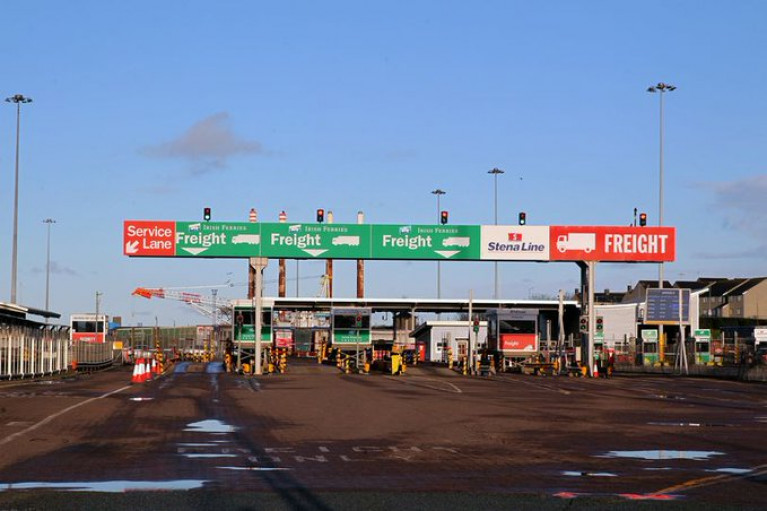Displaying items by tag: Brexit 1yr On
Holyhead as Welsh towns go has had to reckon with more upheaval than most.
The largest town on the Isle of Anglesey is home to just over 10,000 people but is also one of the UK's largest commercial and ferry ports with millions of heavy goods vehicles, trucks, and tourists passing through every year.
The success of the port, which has existed in some form since 1821, is worth millions of pounds and supplies hundreds of jobs in a region which has seen deprivation levels rise. But one year on from Brexit traffic figures are worrying.
Stena Line has said trade is down 30% at its Welsh ports, which it owns and operates. In December 2020 traders and business figures in Holyhead spoke about the chaos as the hours ticked away until the UK officially left the EU.
Wales On Line has more on the startling impact of 'taking back control' on the port at the frontline of Brexit in Wales
One year on much seems still unclear. The UK is embroiled in fraught negotiations over post-Brexit arrangements for Northern Ireland while the ongoing coronavirus pandemic has made the impact of Brexit on Holyhead difficult to measure.
Further coverage of the story here focusing on the impact on the port town's community.





























































